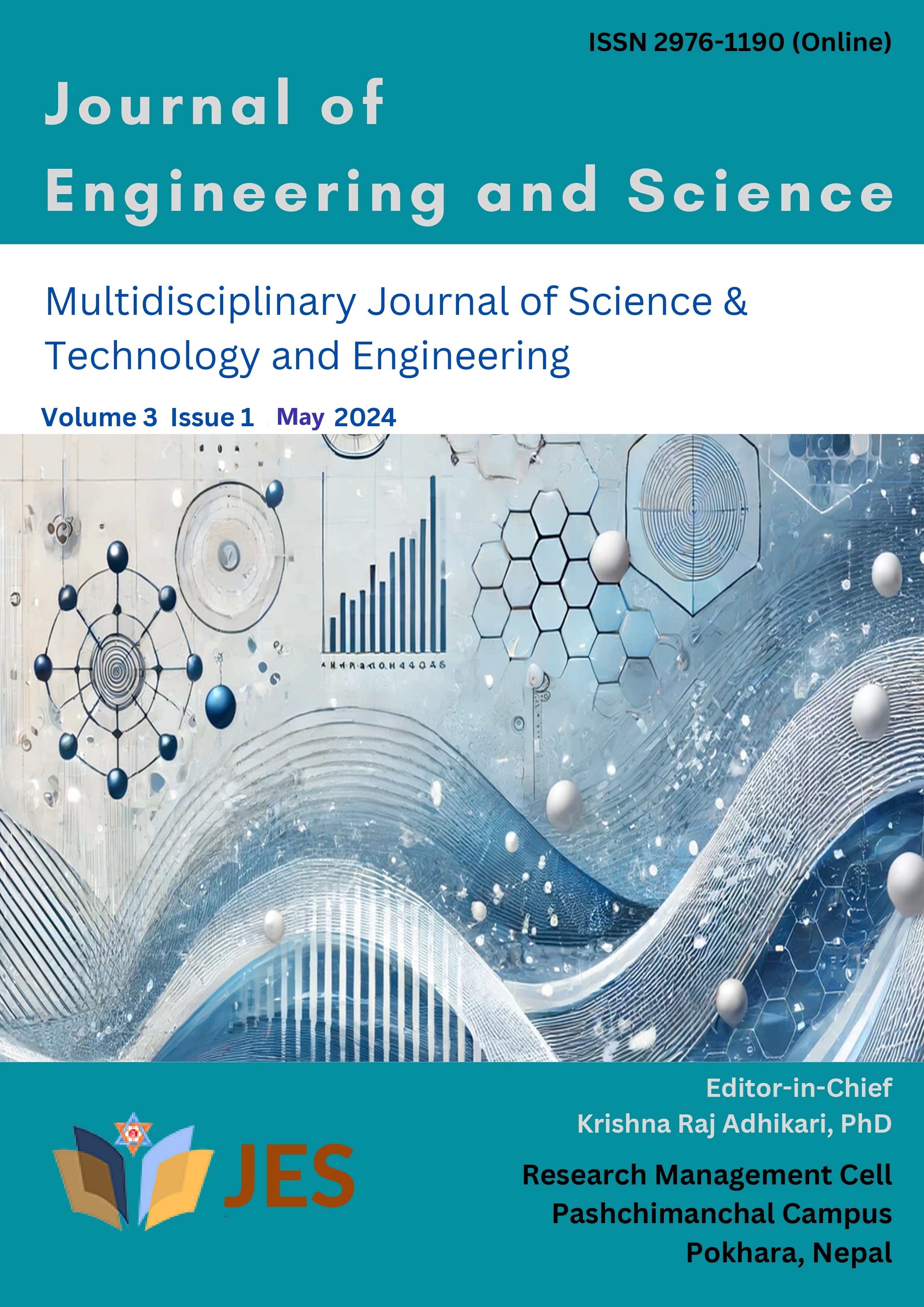Applying machine learning algorithms to estimate PM 2.5 using satellite data and metrological data
DOI:
https://doi.org/10.3126/jes2.v3i1.66239Keywords:
Google Earth Engine, Kathmandu-Nepal, PM 2.5, Sentinel-5PAbstract
Air pollution, particularly fine Particulate Matter (PM 2.5), poses significant health risks and environmental challenges worldwide. Therefore, it is essential to monitor air pollution to act on it. In this study, PM 2.5 was estimated using meteorological data and Sentinel-5P air pollution data using machine learning algorithms. The Sentinel-5P data are and the meteorological data utilized are air temperature, Relative Humidity (RH), and Wind Speed (WS). The three Air Quality Monitoring (AQM) stations in Kathmandu, Nepal, were chosen as a study area for this research. The effectiveness of several machine learning methods, such as K-Nearest Neighbors (KNN), Support Vector Machine (SVM), eXtreme Gradient Boosting (XGBoost), and Random Forest (RF), were evaluated. Both RF and XGBoost consistently performed better than SVM and KNN in terms of PM 2.5 estimation accuracy. RF got the highest R2 value of 0.80 and SVM with the lowest R2 value of 0.62 in the Sentinel-5P dataset only. The addition of meteorological data further improved the model's performance. After including metrological data in Sentinel-5P data the RF demonstrated the maximum R2 score of 0.816 and XGBoost with R2 score of 0.814. Hence, this study demonstrated machine learning algorithms can be used to estimate PM 2.5 by utilizing satellite and meteorological data, providing important information for air quality monitoring and management.
Downloads
Downloads
Published
How to Cite
Issue
Section
License
Copyright (c) 2024 The Author(s)

This work is licensed under a Creative Commons Attribution 4.0 International License.
CC BY: This license allows reusers to distribute, remix, adapt, and build upon the material in any medium or format, so long as attribution is given to the creator. The license allows for commercial use.




